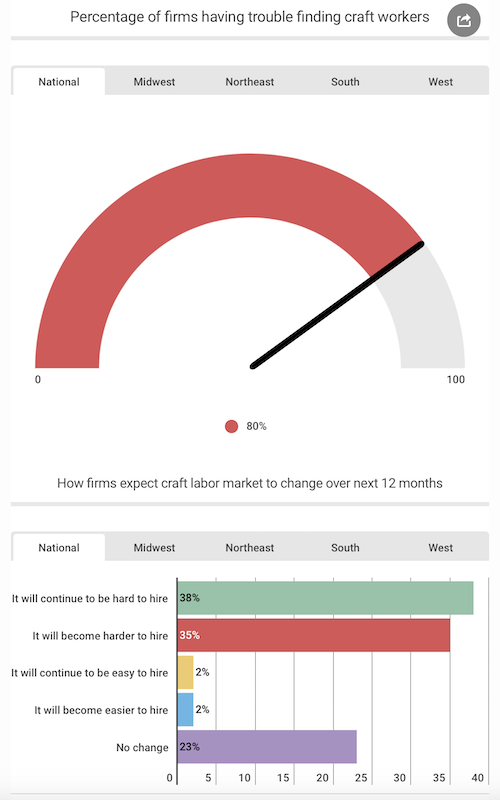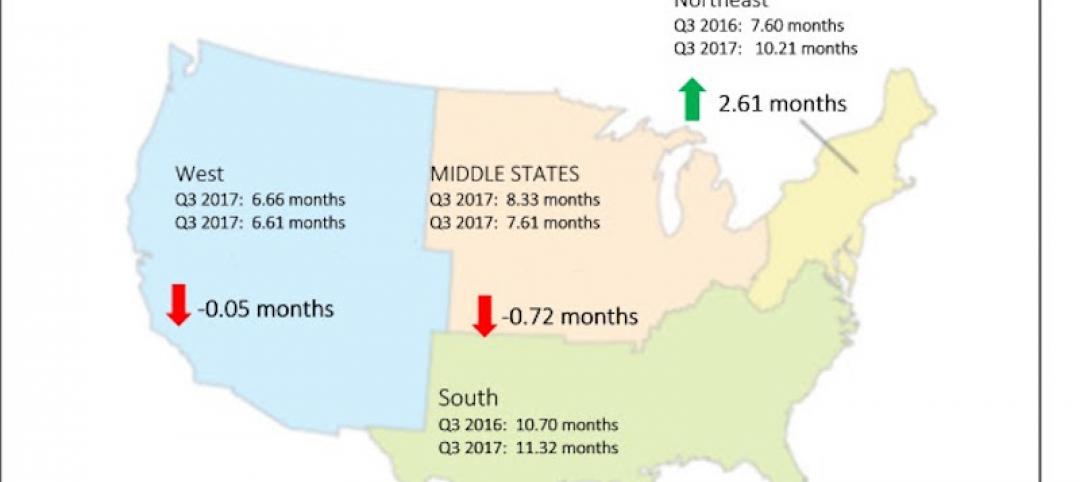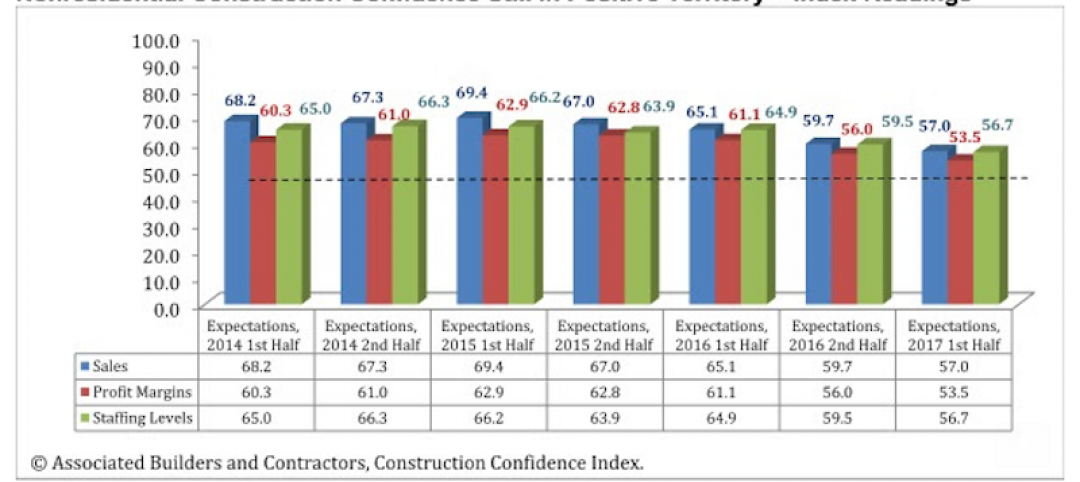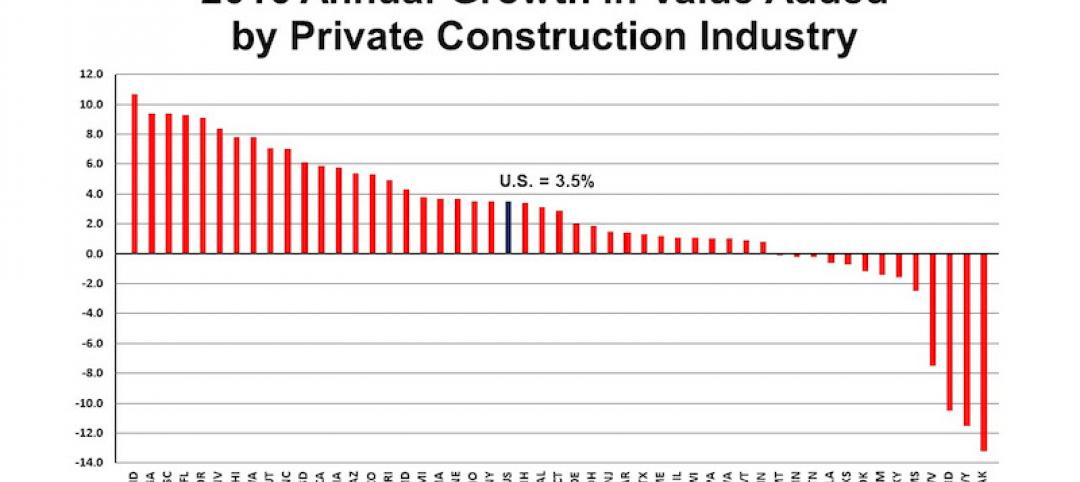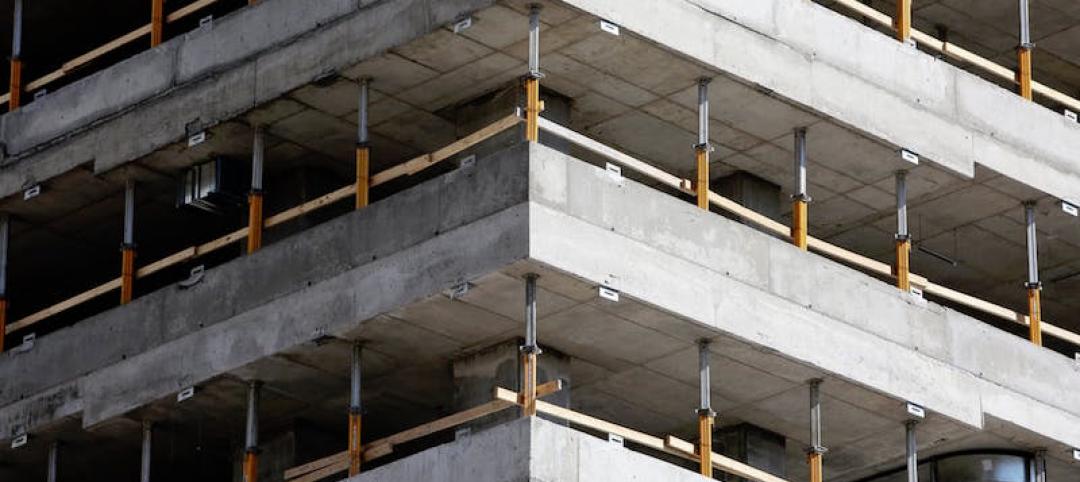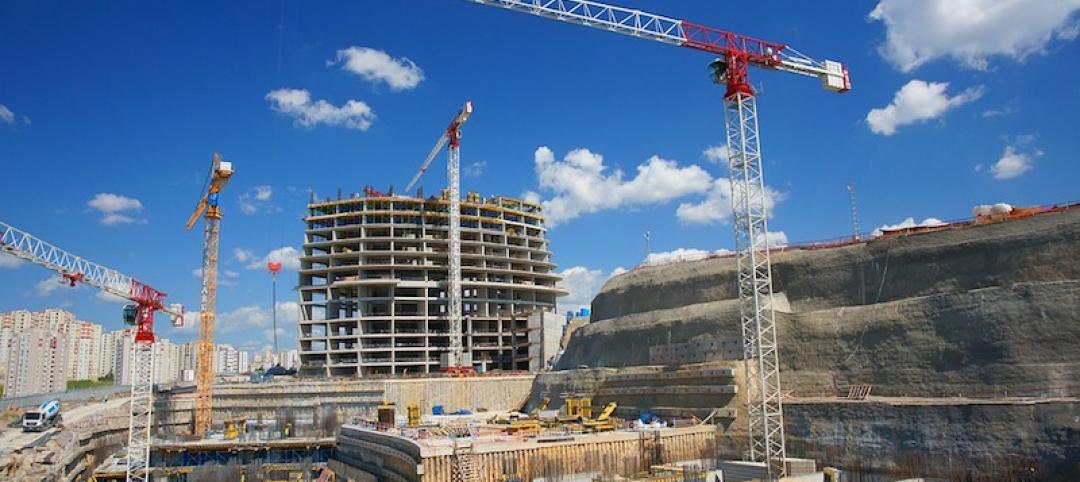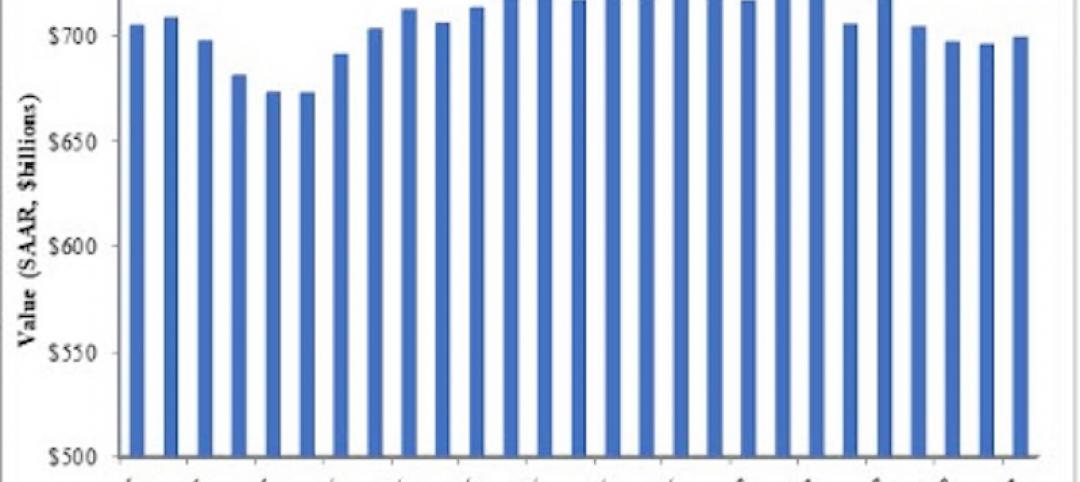You’d have to be living on the moon not to know that hourly construction workers are getting scarcer. But the magnitude of this labor shortage is writ large in a recent survey, released this week by Autodesk and the Associated General Contractors of America (AGC), which found that 80% of 1,935 respondents in 23 states report having a hard time filling hourly craft positions.
More concerning are the findings that nearly three-quarters of the construction firms polled don’t expect shortages to abate over the next year, and could, in fact, get worse. And the training and skill level of the labor that is available are deemed “poor” by 45% of those polled.
It remains to be seen whether and how soon the industry can dig itself out of this hole. To attract workers, two-thirds of the survey’s respondents say they’ve boosted base pay rates, and 29% are offering incentives and bonuses. A longer-term play finds nearly half of the firms polled—46%—having launched or expanded their training programs. Half of the respondents also say their companies are involved in career-building programs.
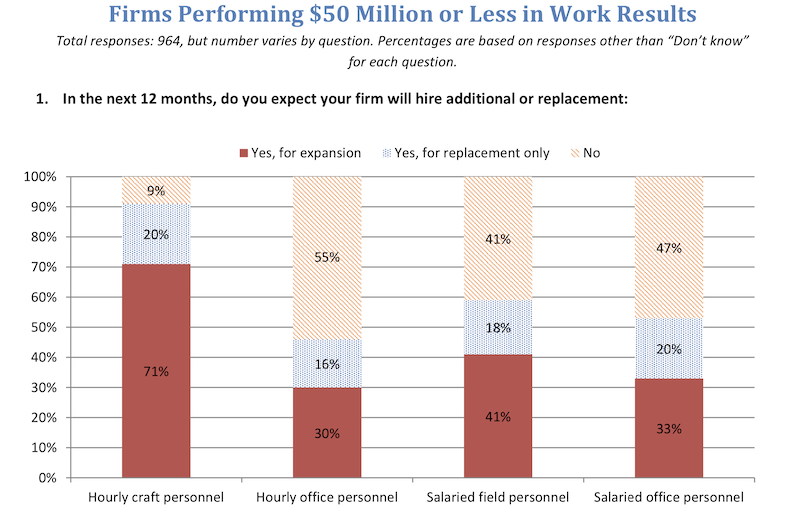
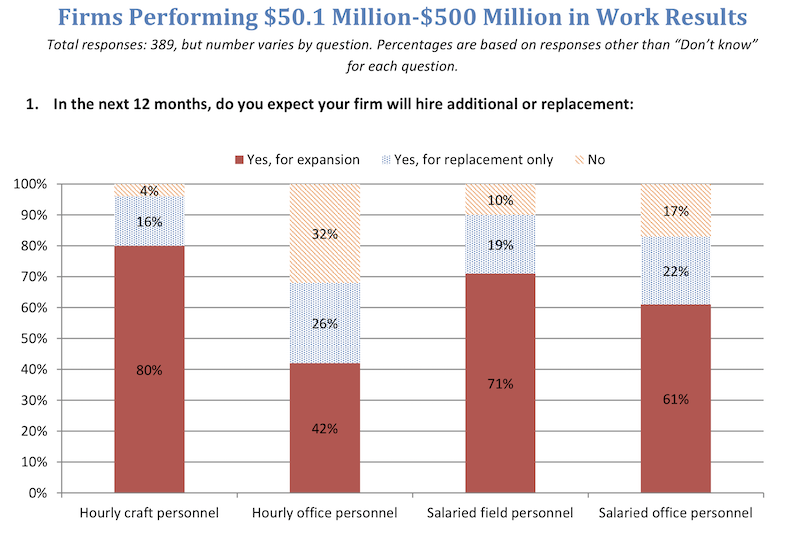
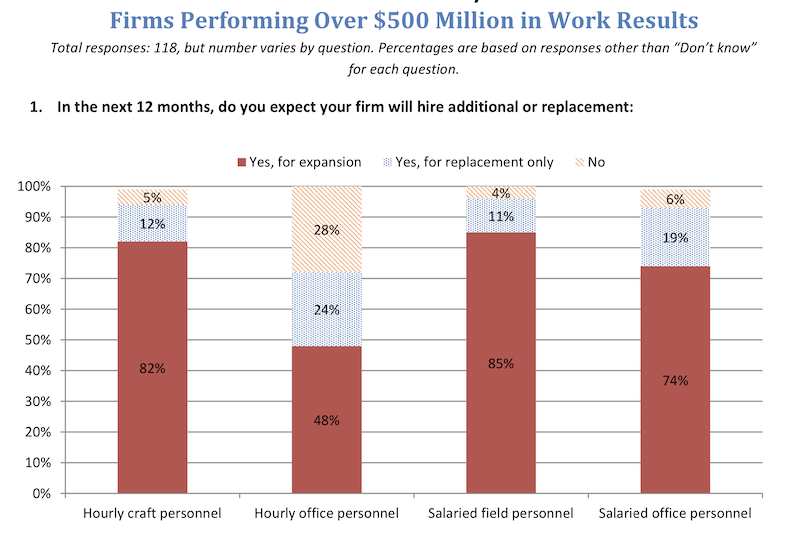
Labor shortage problems are hitting construction firms of all sizes, and are having a deleterious effect on companies' abilities to expand their businesses. Image: AGC-Autodesk
The labor shortage is shoving a perennially tech-phobic construction industry into the 21st Century. One-quarter of respondents are using tools like drones, 3D printers, and robots. Another 23% are relying on lean construction techniques, BIM, and prefabrication.
The disruption being caused by labor shortages is also manifesting itself in costlier projects that take longer to complete. Forty-four percent of the firms polled are increasing their construction prices, and 29% are factoring longer lead times into their bids.
“Workforce shortages remain one of the most significant threats to the construction industry,” said Stephen E. Sandherr, AGC’s chief executive officer. “However, construction labor shortages are a challenge that can be fixed, and this association will continue to do everything in its power to make sure that happens.”
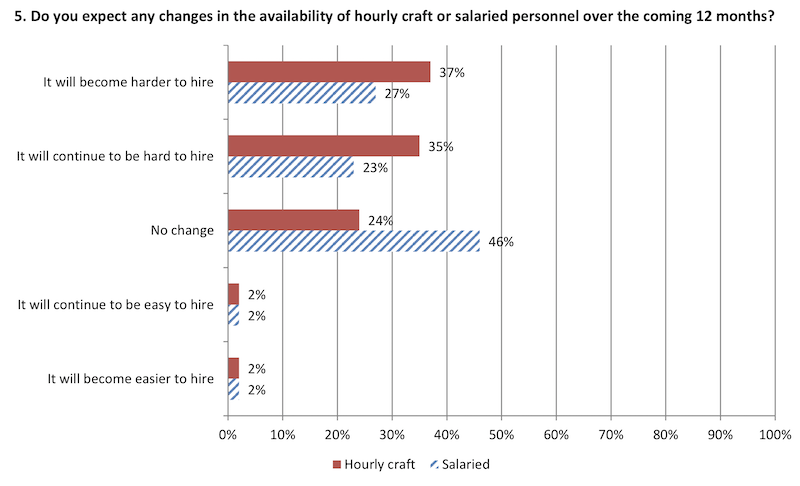
This chart, based on 964 responses from firms with $50 million or less in work results, shows how contractors are struggling to find salaried, as well as hourly, workers. Image: AGC-Autodesk
Over the past two years, AGC has secured $145 million in federal funding for career and technical education programs. It is urging the federal government to increase that funding, and to allow construction students to qualify for federal Pell Grants, which would make it easier for firms to establish apprenticeship programs.
More quixotic—given the Trump Administration’s virulent anti-immigration stance—is AGC’s call for the government to let more immigrants into the U.S. to work construction.
Related Stories
Market Data | Dec 11, 2017
Global hotel construction pipeline is growing
The Total Pipeline stands at 12,427 Projects/2,084,940 Rooms.
Market Data | Dec 11, 2017
Construction backlog surges, sets record in third quarter
CBI is a leading economic indicator that reflects the amount of construction work under contract, but not yet completed.
Market Data | Dec 7, 2017
Buoyed by healthy economy, ABC Index finds contractors upbeat
Despite rising construction labor and materials costs, 55% of contractors expect their profit margins to expand in the first half of 2018.
Industry Research | Nov 28, 2017
2018 outlook: Economists point to slowdown, AEC professionals say ‘no way’
Multifamily housing and senior living developments head the list of the hottest sectors heading into 2018, according a survey of 356 AEC professionals.
Architects | Nov 28, 2017
Adding value through integrated technology requires a human touch
To help strike that delicate balance between the human and the high-tech, we must first have an in-depth understanding of our client’s needs as well as a manufacturer’s capabilities.
Market Data | Nov 27, 2017
Construction's contribution to U.S. economy highest in seven years
Thirty-seven states benefited from the rise in construction activity in their state, while 13 states experienced a reduction in activity.
Market Data | Nov 15, 2017
Architecture Billings bounce back
Business conditions remain uneven across regions.
Market Data | Nov 14, 2017
U.S. construction starts had three consecutive quarters of positive growth in 2017
ConstructConnect’s quarterly report shows the most significant annual growth in the civil engineering and residential sectors.
Market Data | Nov 3, 2017
New construction starts in 2018 to increase 3% to $765 billion: Dodge report
Dodge Outlook Report predicts deceleration but still growth, reflecting a mixed pattern by project type.
Market Data | Nov 2, 2017
Construction spending up in September; Down on a YOY basis
Nonresidential construction spending is down 2.9% on a year-over-year basis.


